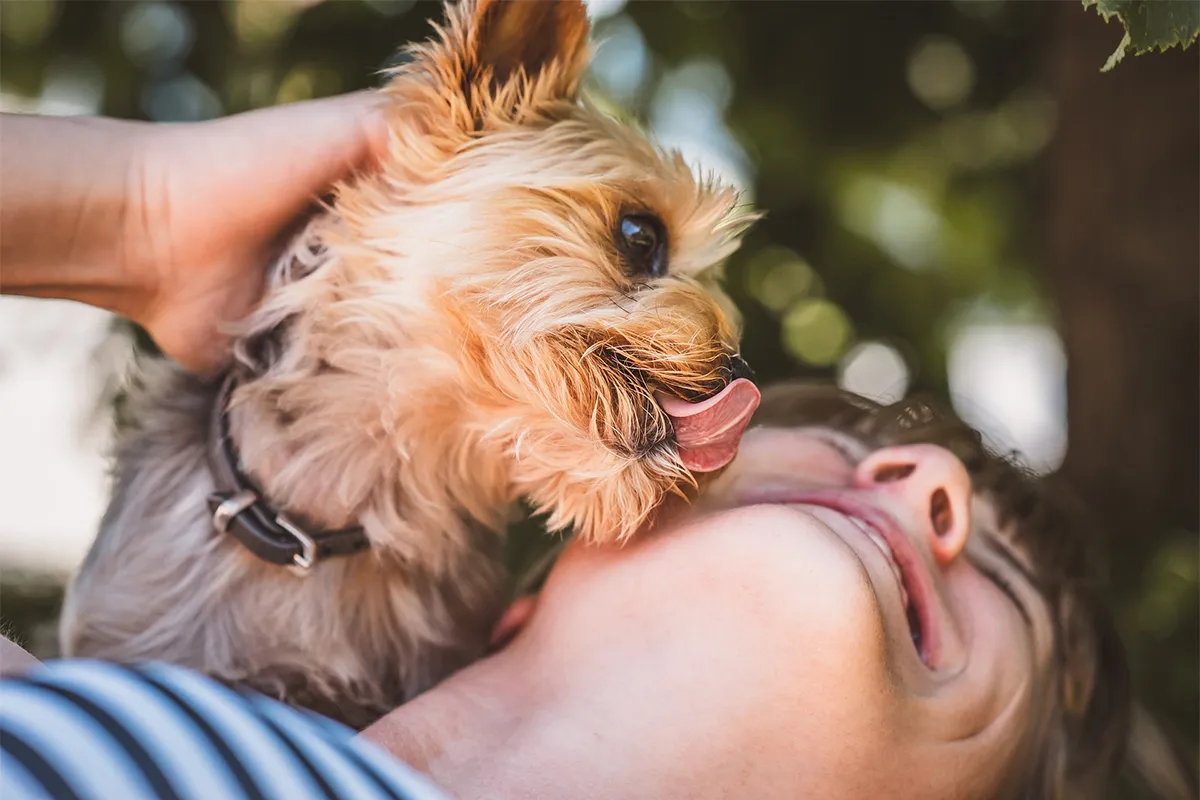Dog walking is an essential routine for our furry friends, as it’s not just about bathroom breaks; it also offers opportunities for socialization, environmental stimulation, and exercise. However, many dog owners unknowingly make mistakes during these walks that can directly impact their dog’s well-being. In this article, we’ll delve into 10 common dog walking errors to steer clear of and provide insights into why they matter. Read on to discover crucial tips for your dog’s daily outings!
Table of Contents:
- Letting Your Dog Explore
- Avoid Tugging the Leash
- Handling Dog Aggression
- Encouraging Social Interaction
- Finding the Right Walk Length
- Preventing Leash Chewing
- Adding Identification
- Varying Your Walking Route
- Offering Freedom Without a Leash
- Staying Attentive to Your Dog
Letting Your Dog Explore
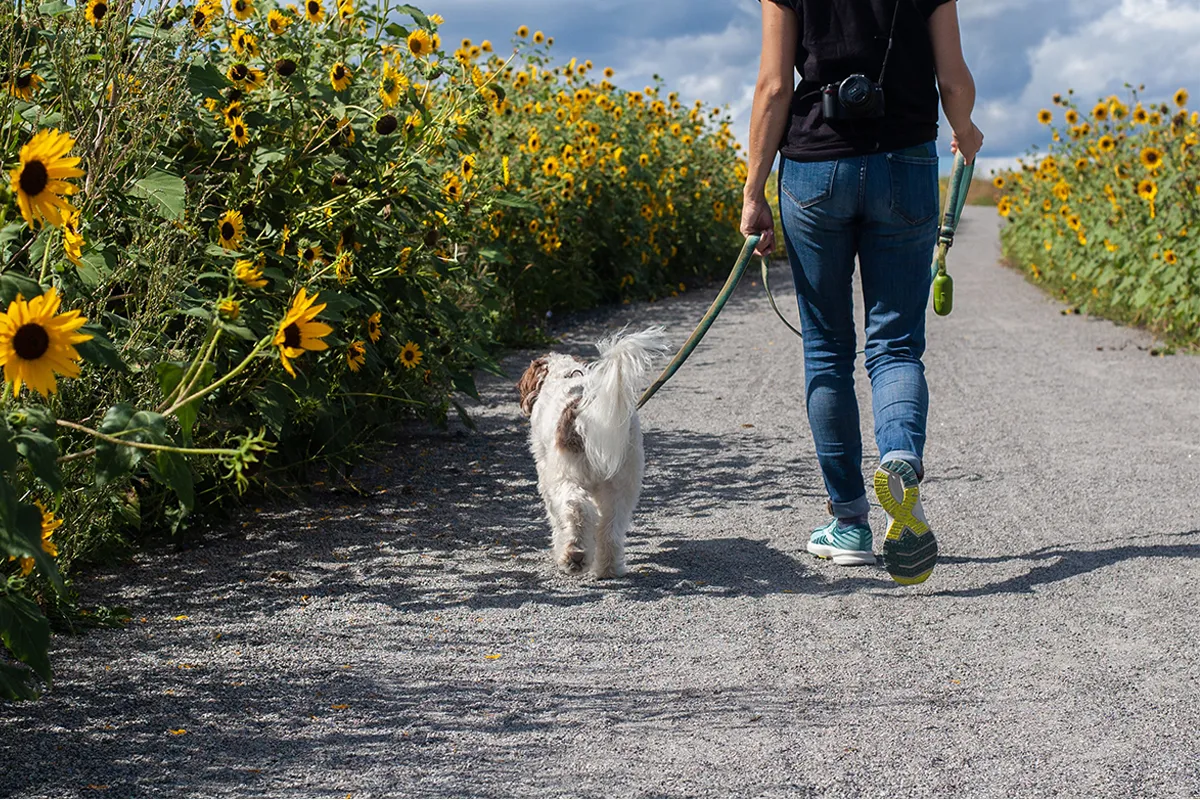
It’s natural to cringe when your dog sniffs urine and dirt on the ground, but this behavior is essential for them. Allowing your dog to explore has two key benefits: it helps them relax, especially if they’re anxious, and provides valuable information about their environment. If your dog seems disinterested in sniffing, it could be a sign of stress. Encourage them by placing food on the ground in a clean, shaded area.
Avoid Tugging the Leash
Pulling on your dog’s leash is counterproductive and potentially harmful. Instead, teach your dog to walk beside you. If that’s not possible, especially with larger dogs, consider using an anti-pull harness to maintain control without causing discomfort.
Handling Dog Aggression
Yelling or hitting your dog when they react aggressively toward others is never the solution. Seek professional help, leave the area, or educate yourself on positive reinforcement techniques. Punishing a dog in the presence of others associates negative experiences with other dogs, potentially worsening their behavior.
Encouraging Social Interaction
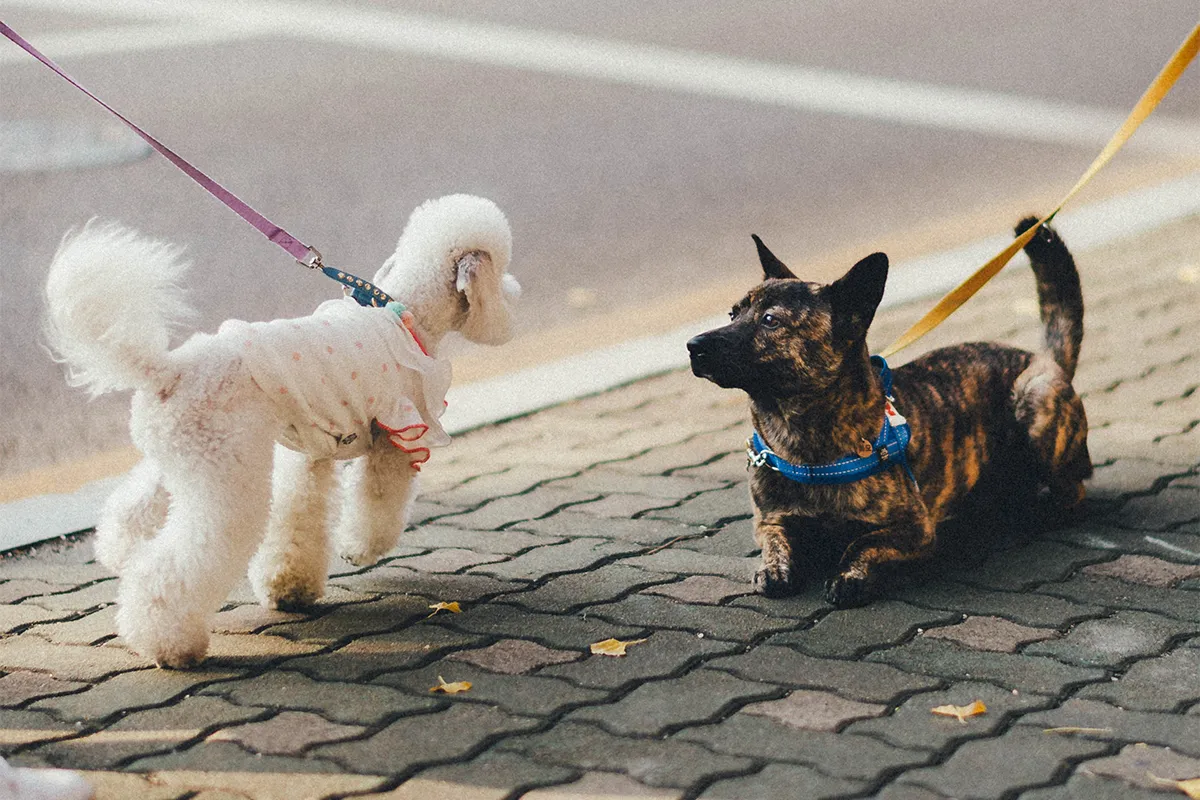
Except for dogs with aggressive tendencies, it’s crucial to let your dog socialize with others. Visiting a dog park, meeting local dogs, or arranging playdates can help maintain a friendly and sociable attitude in your pet.
Finding the Right Walk Length
Every dog is unique, and their walk duration should match their specific needs. Nervous dogs may require longer walks, while older dogs need a more relaxed pace. Dogs with respiratory issues, like pugs, should avoid excessive heat. Aim for 20 to 30 minutes of walking, two to three times a day, adjusted to your dog’s needs.
Preventing Leash Chewing
If your dog chews on the leash during walks, it might signal excitement or stress. This behavior can damage their teeth and the leash. Carry a chew toy or distraction to redirect their attention.
Adding Identification
Don’t forget to attach identification to your dog’s collar, even if they’re well-behaved. This simple step can be a lifesaver in case they get lost. Include their name and your contact information on the tag.
Varying Your Walking Route
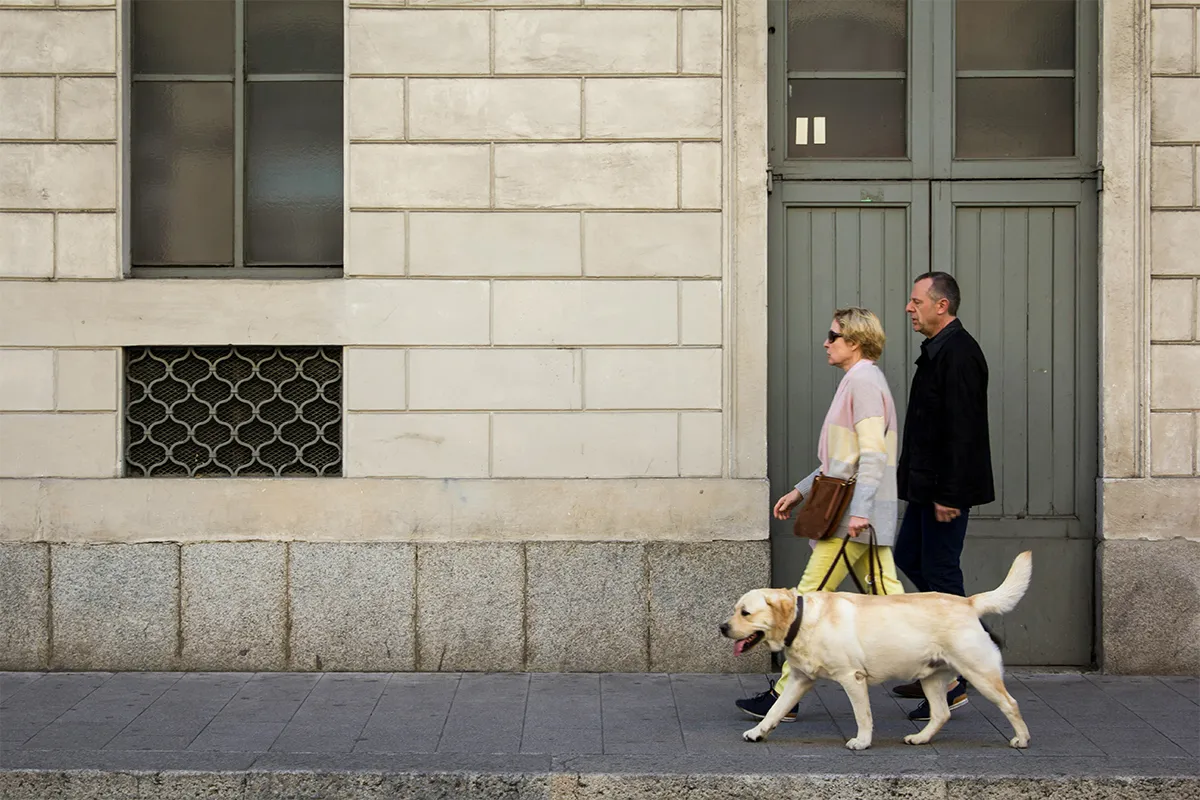
To keep your dog mentally stimulated, switch up your walking routes. Exploring new areas, meeting different dogs, and encountering novel objects can make the walk more exciting for your furry companion.
Offering Freedom Without a Leash
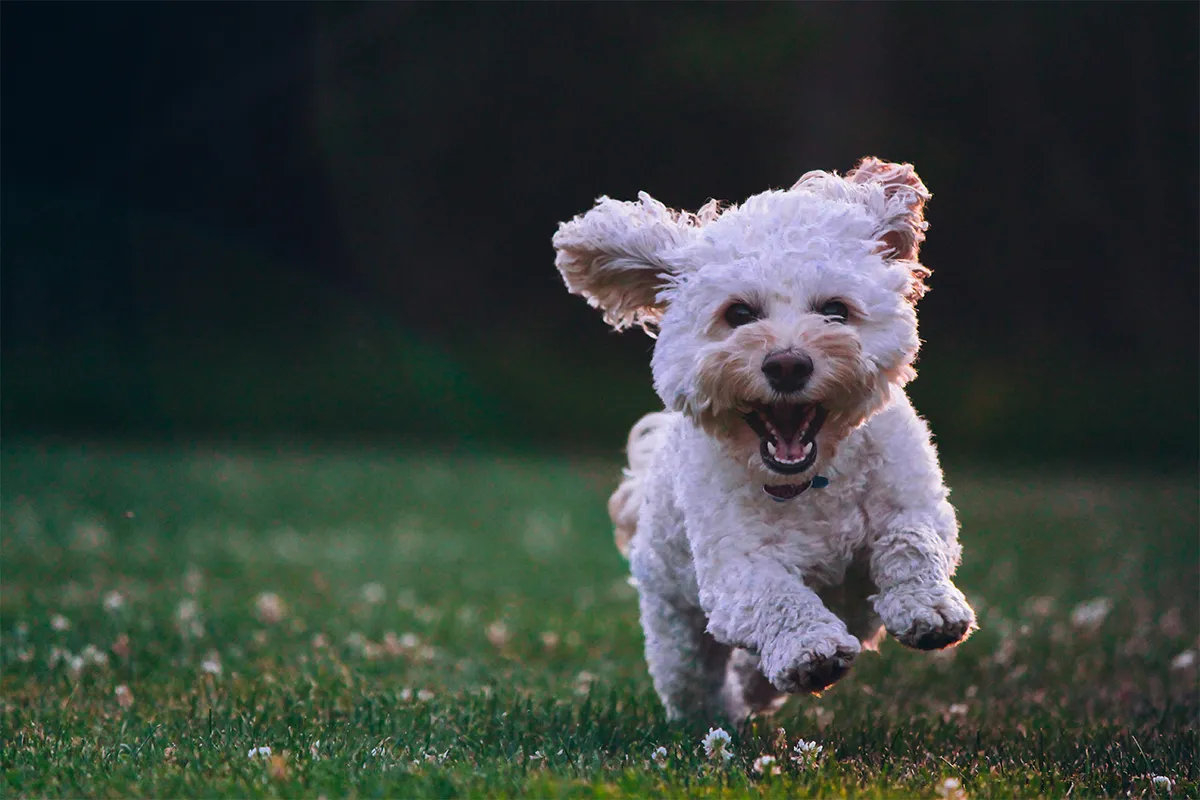
Allowing your dog five minutes of off-leash time daily can provide an extra dose of stimulation and well-being. Ensure this is done in a secure, enclosed space, especially if your dog isn’t well-trained.
Staying Attentive to Your Dog
Lastly, remember that the walk is your dog’s time to shine. Stay attentive to their needs, prevent them from eating unknown objects, and learn to read their body language. Make every walk a delightful experience for your furry friend!
By avoiding these common dog walking mistakes, you can ensure your dog’s well-being and make every outing a positive and enjoyable experience for both of you.
Do you have a Pug at home? Check out some tips on how to take him for a walk and the care you should have considering the breed’s characteristics.

